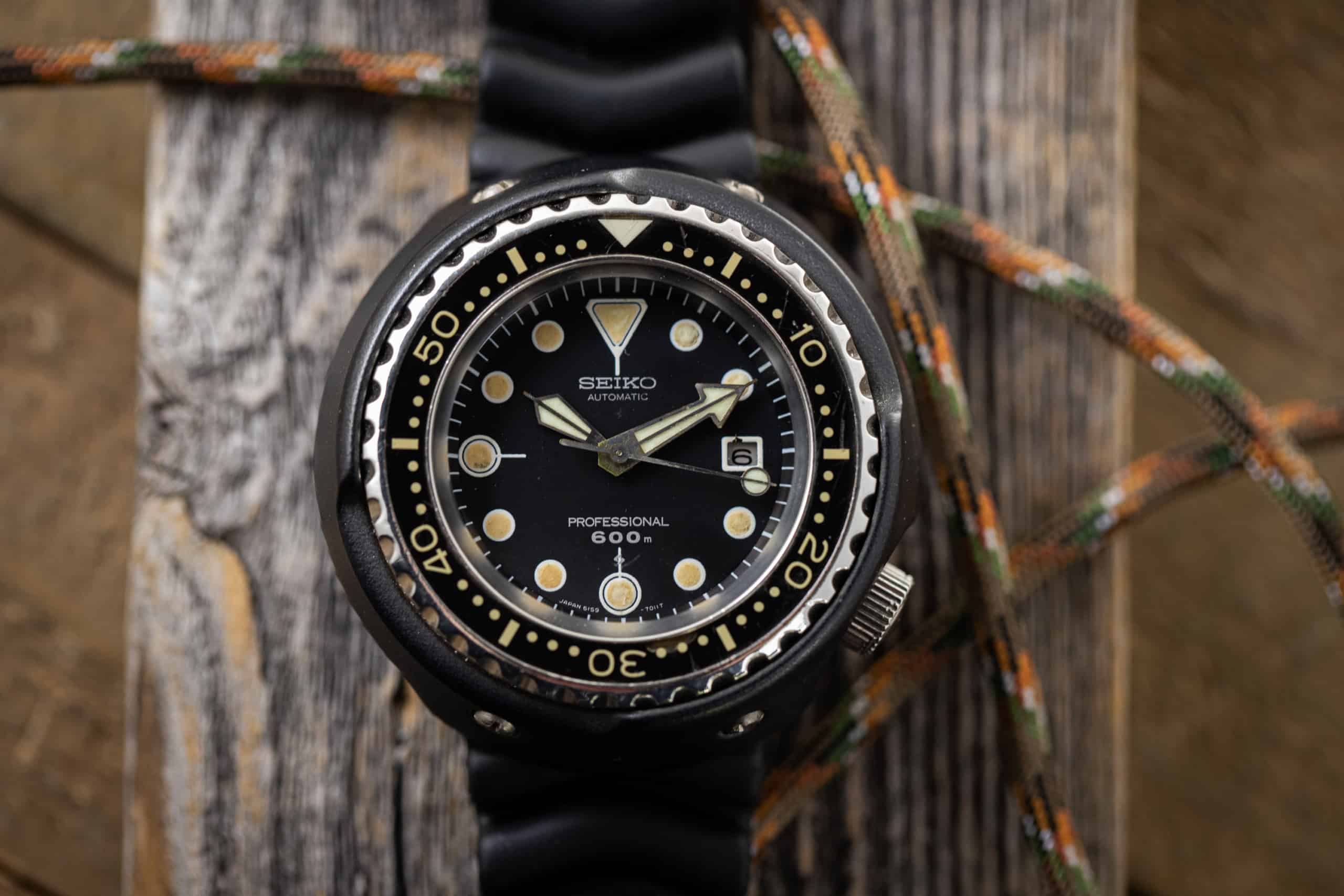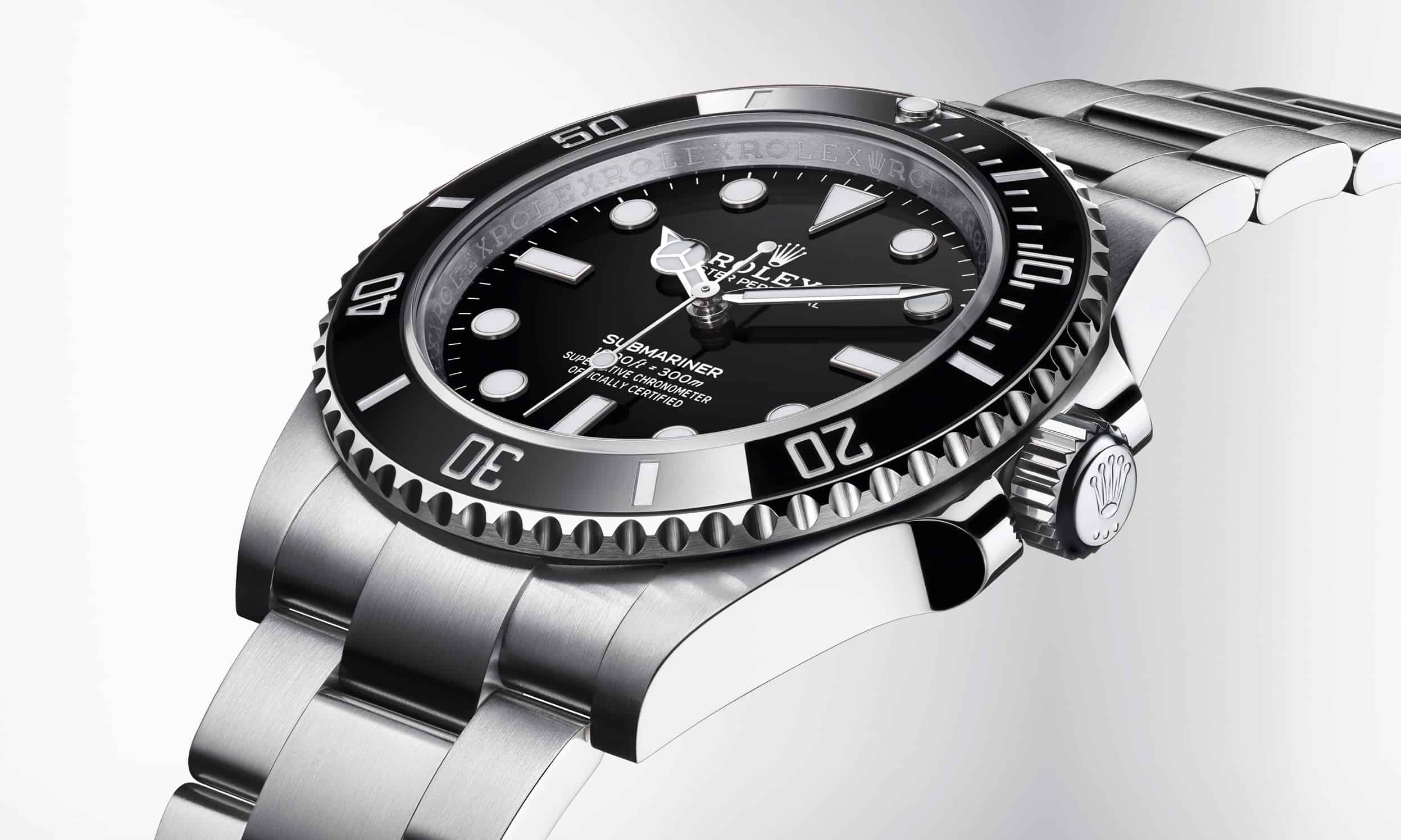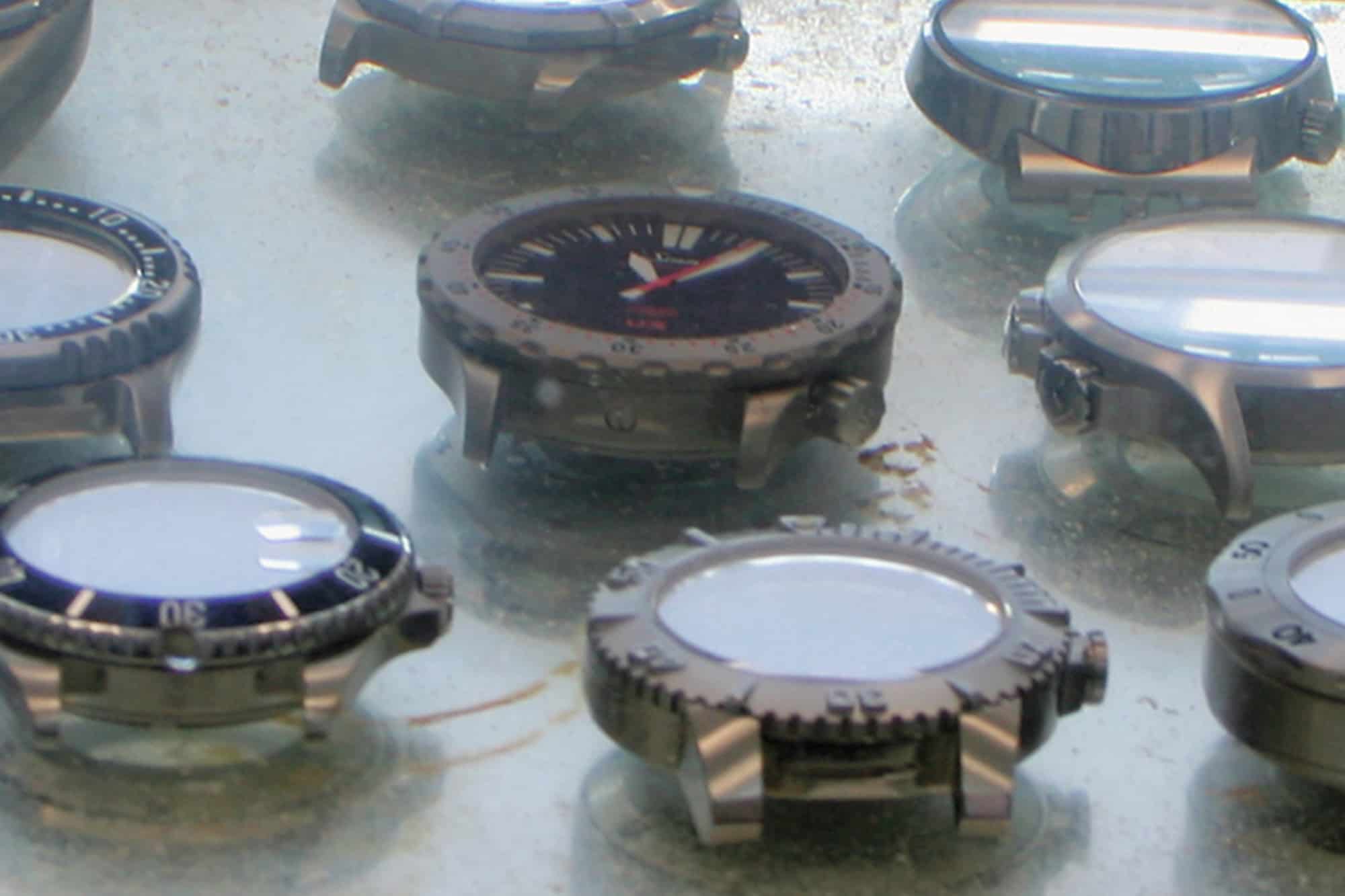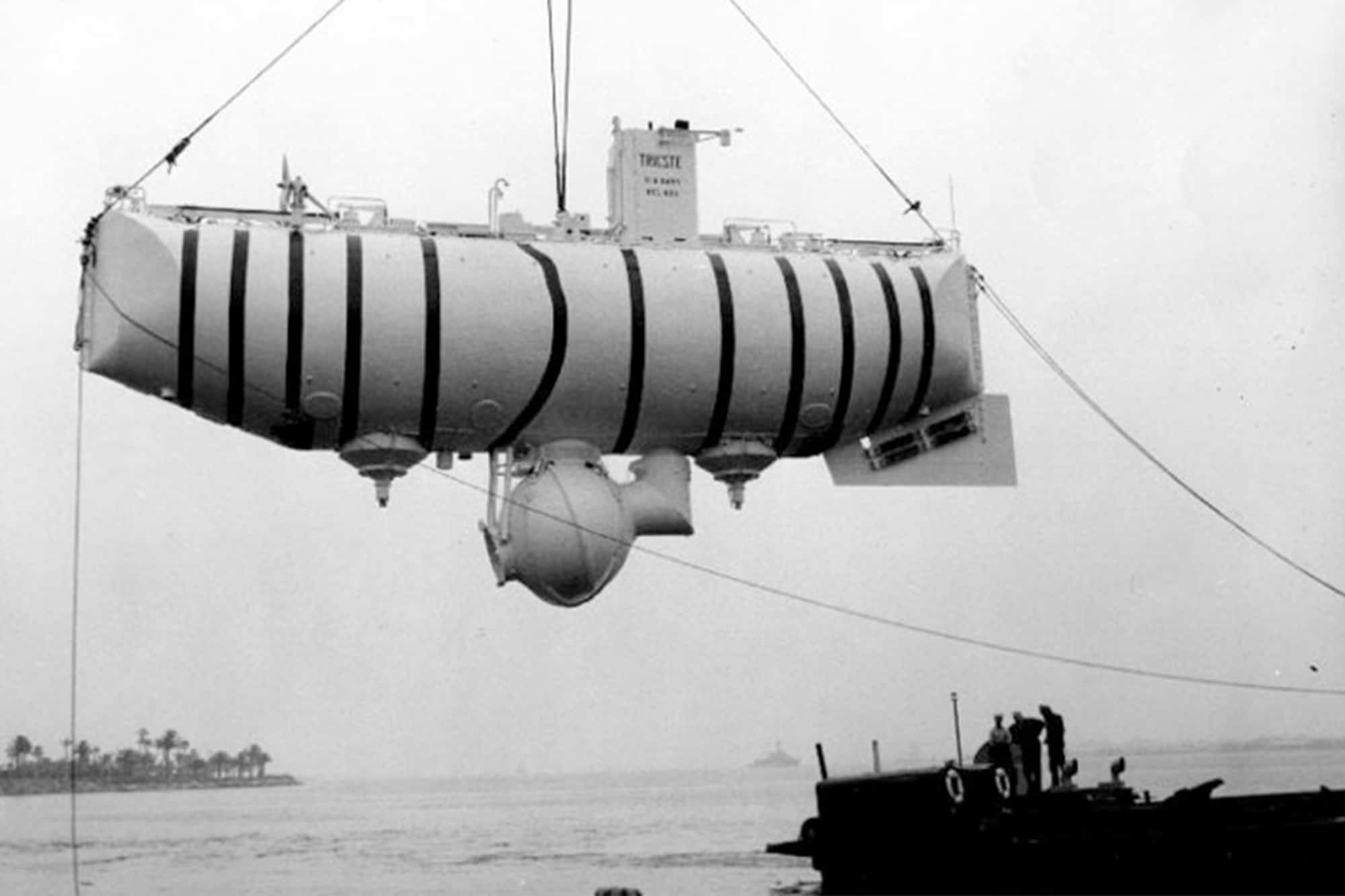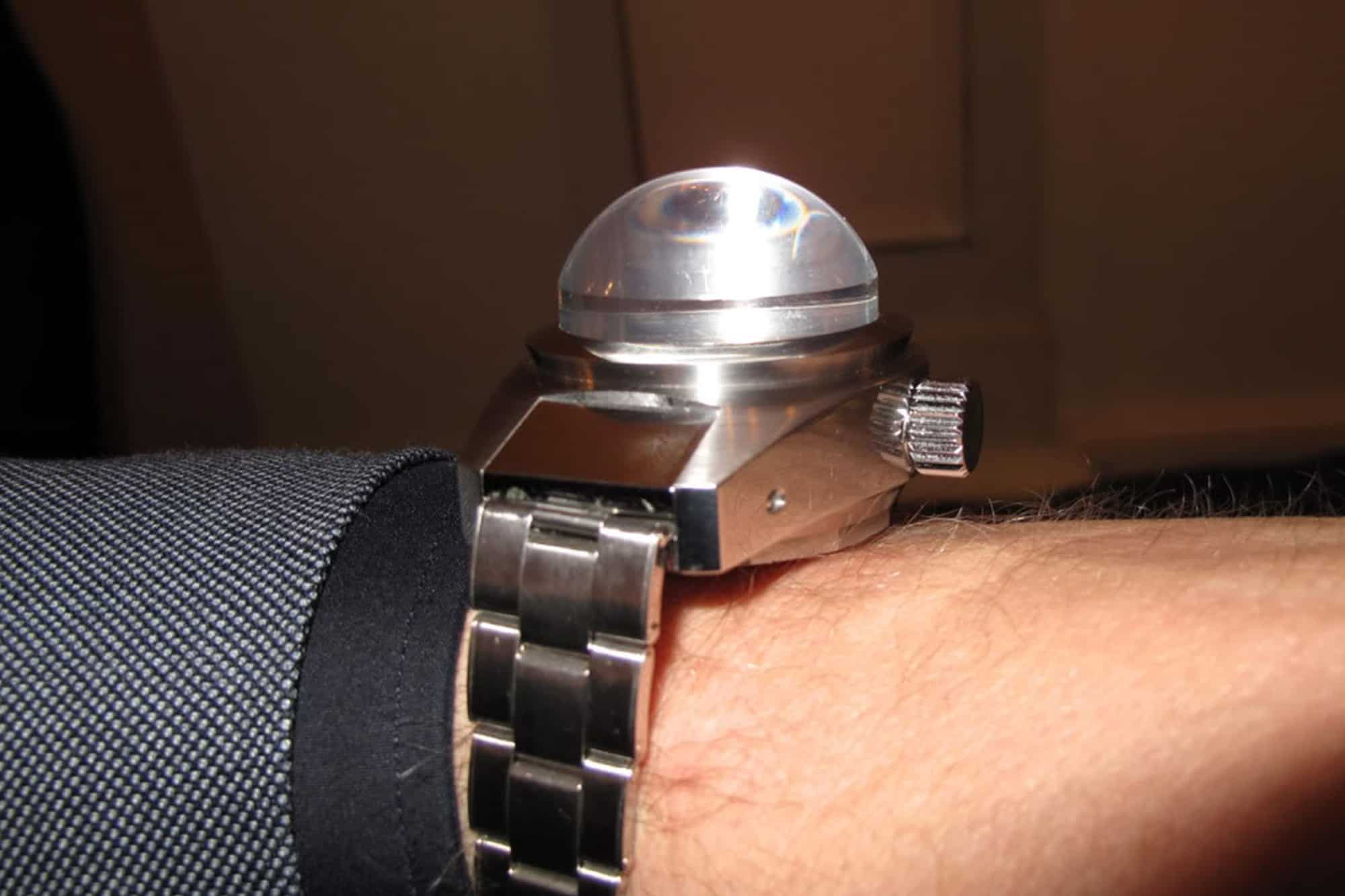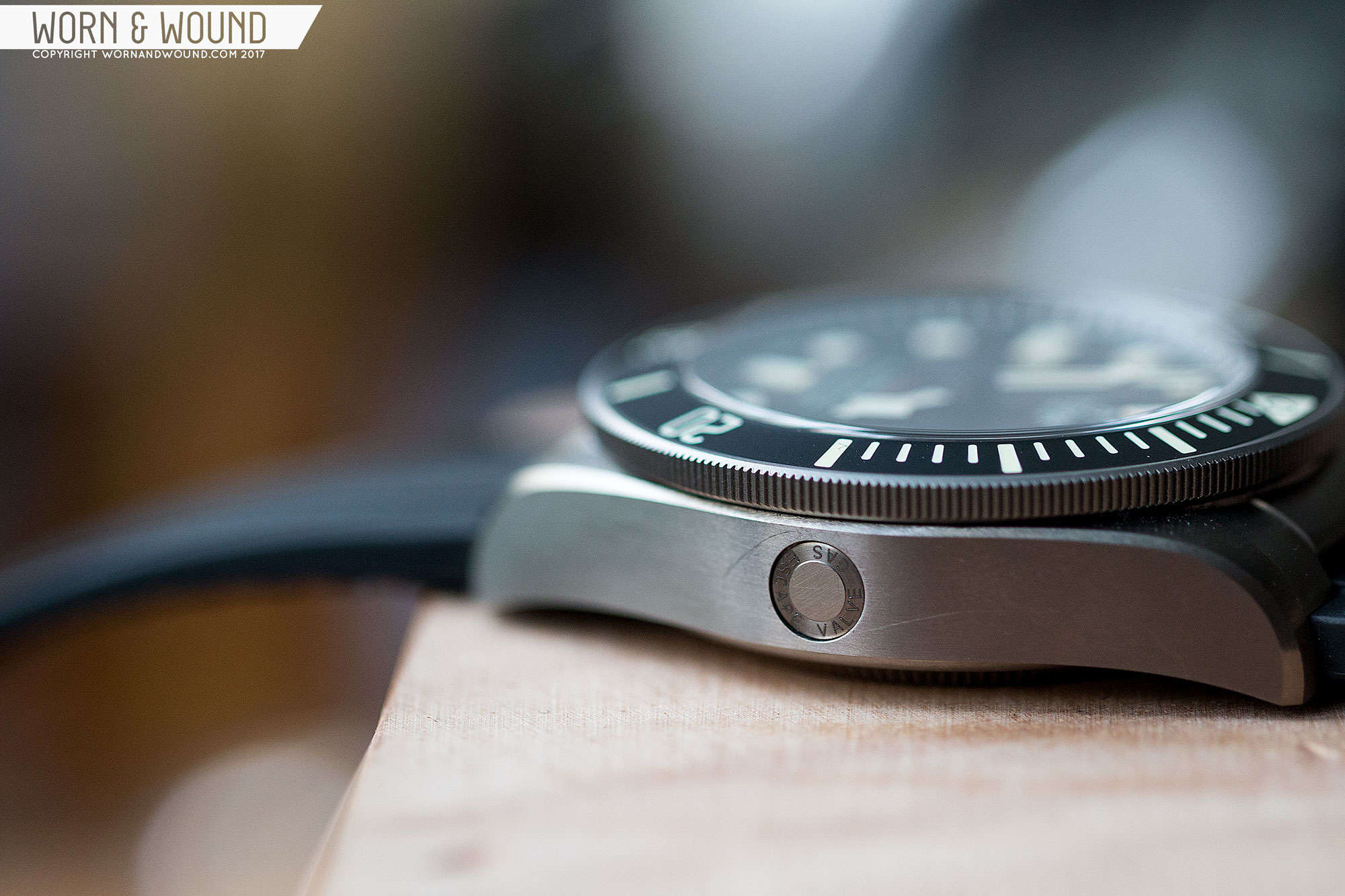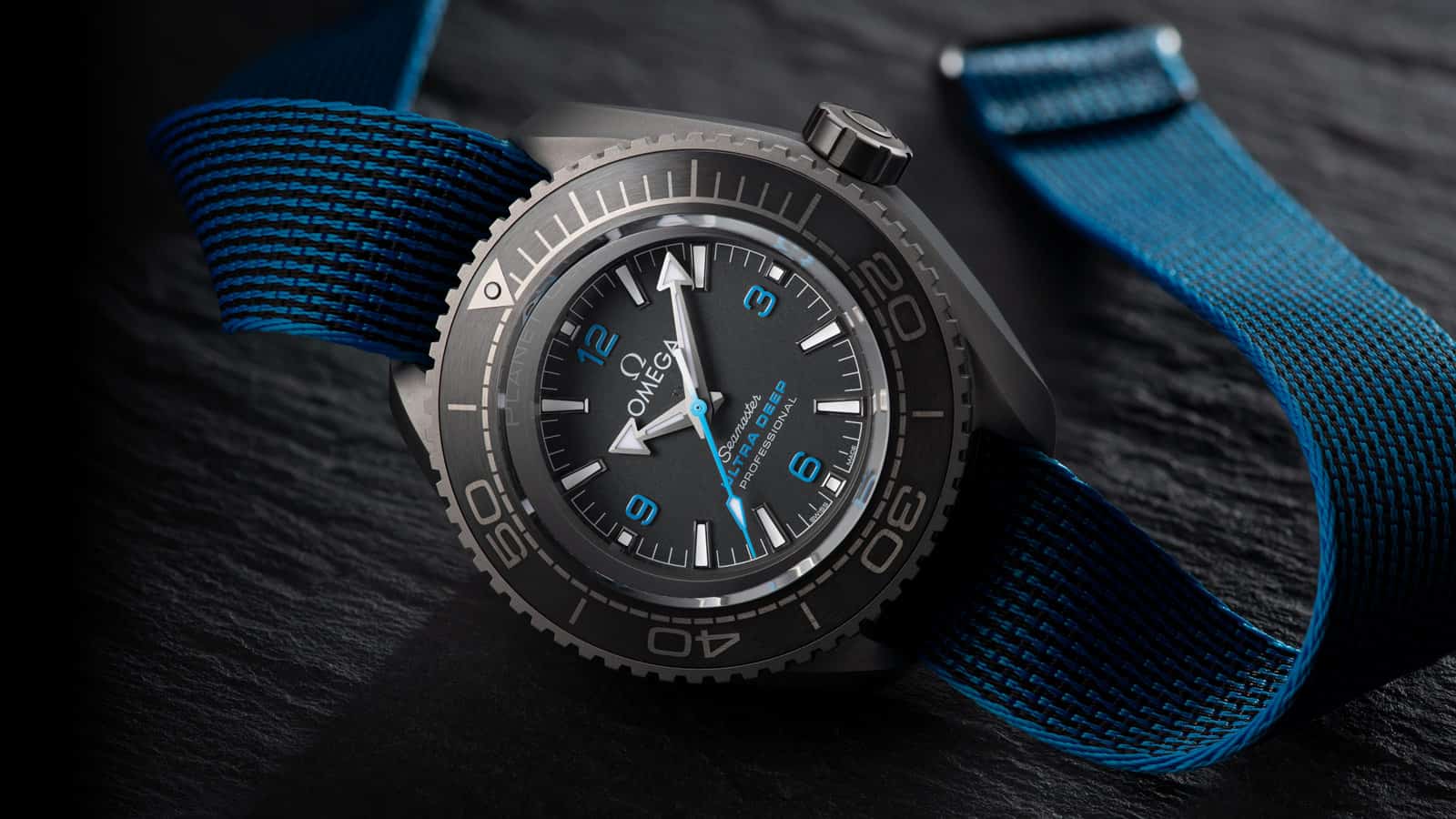“Tough Tech” is Worn & Wound’s series that takes a deep dive into the technologies that protect our watches, covering their use throughout watchmaking history, functional benefits, and the watches they’re used in. Check out our previous installments on antimagnetic watches and shock resistance.
For a lot of watch fans, the value and utility of a timepiece is related entirely to its water resistance rating. It doesn’t matter if you’re a diver, either as a hobby or by profession, or you can barely swim: water resistance is often seen as a signal for overall quality.
To be fair, sometimes it is. A watch with a solid water resistance rating is going to be constructed in a robust way that you’d expect to keep it protected from elements other than water. If it can keep moisture out, it can surely keep lots of other undesirable things out as well. And a watch with a caseback that screws down and a thick sapphire crystal is likely to fare better in a dropped-on-the-floor situation (but please don’t test this at home – I’m not a scientist).
Still, there’s something impressive about water resistance specifically, as ingress of moisture poses a unique and traumatic risk to a mechanical watch movement. Over the years, the drive to go deeper and print larger and larger “WR” numbers on dials has led to something of an arms race among watch manufacturers to produce ever more resistant dive watches.
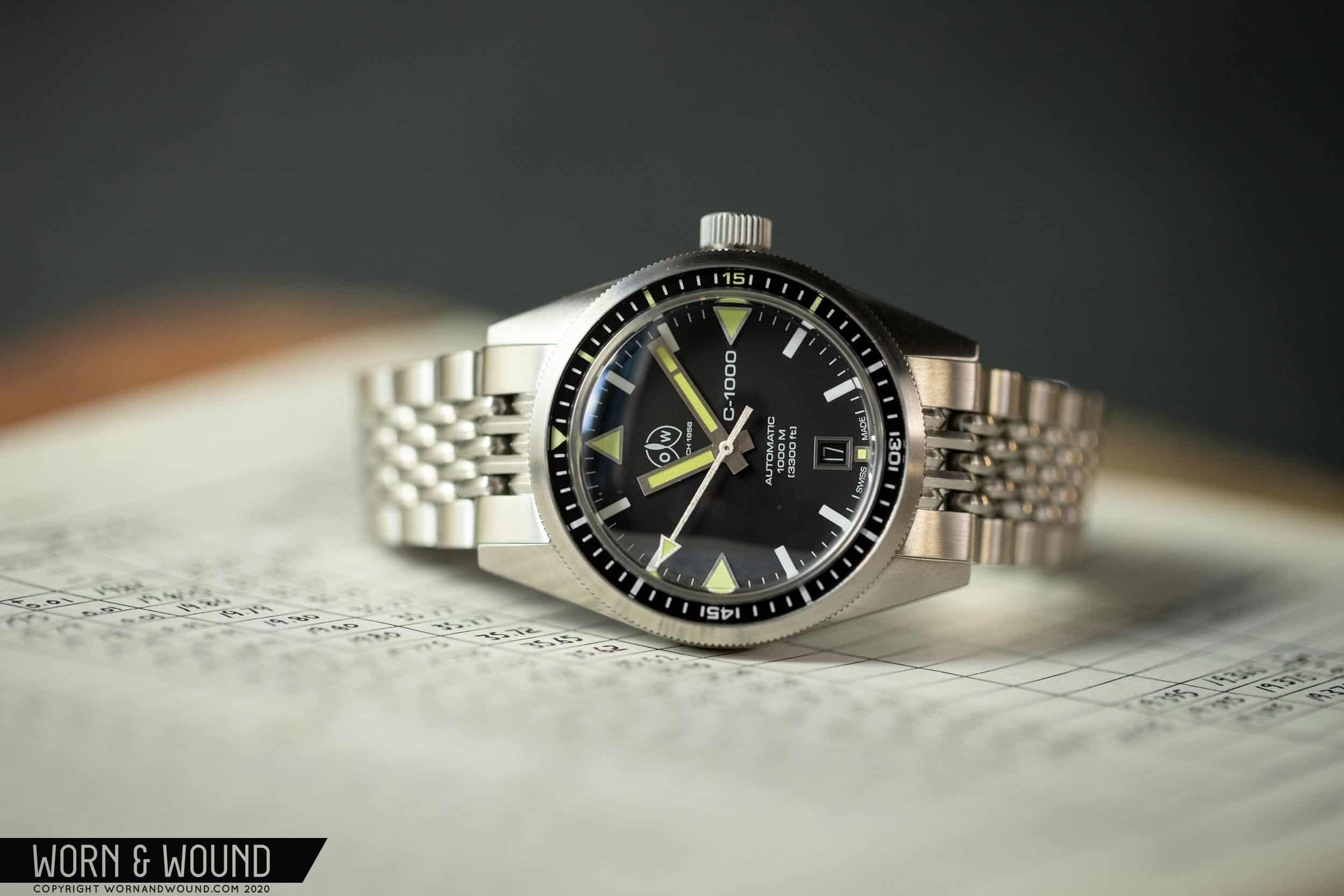









 Featured Videos
Featured Videos




